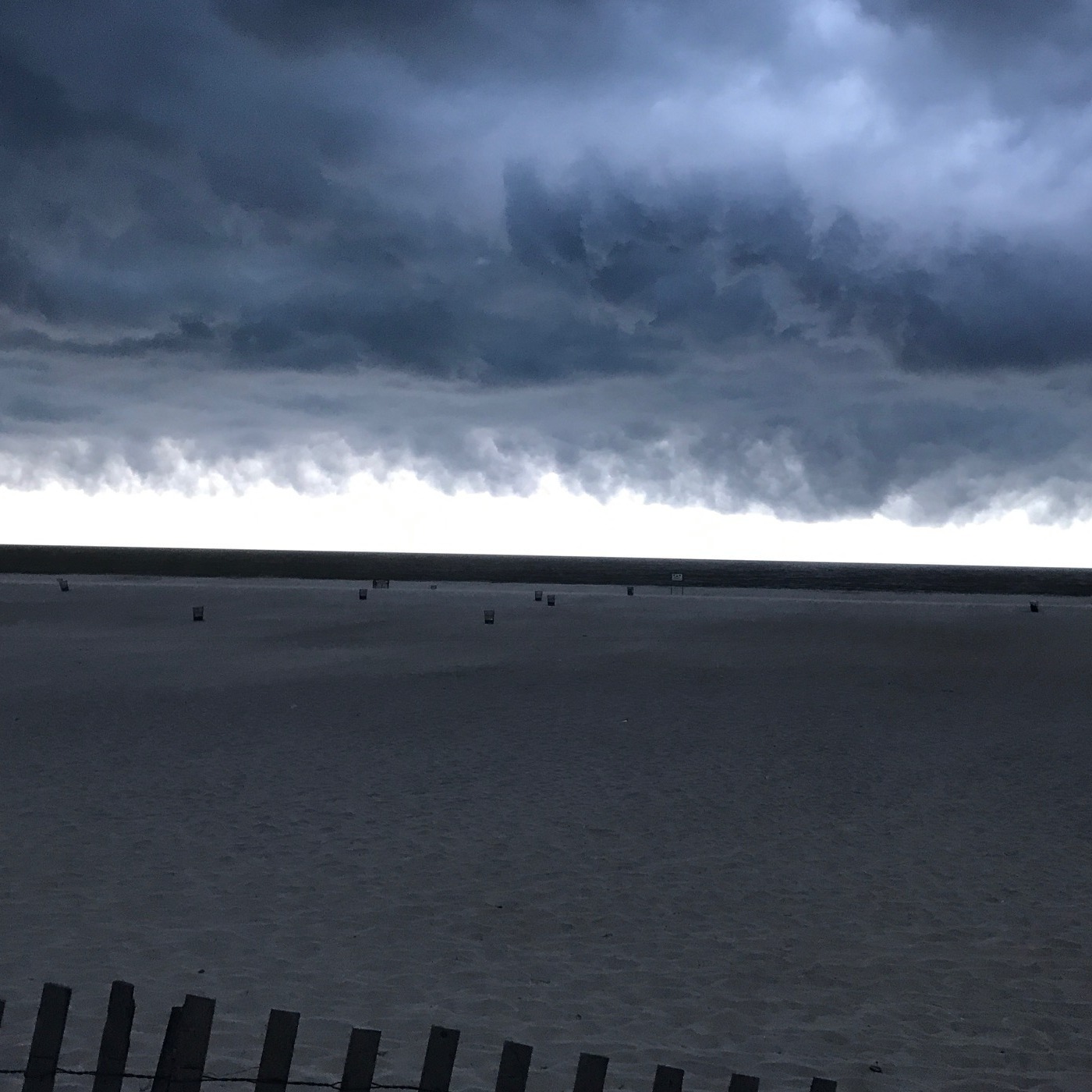Bonus: Interview with Prof. Mikaberidze (3 of 3) Nature of Holy Roman Empire
This episode is final installment with Prof. Mikaberidze. He discusses the nature of the Holy Roman Empire (HRE) and how the Napoleonic Wars, at least politically, marked Medieval Times giving way to Modern Age in Central Europe.
Before 1805, was no Germany but the HRE, a commonwealth of over 300 subdivisions of mostly German-speaking states. This included kingdoms, free states, duchies, and bishoprics. The Emperor was elected by nine rulers of the more influential states. From the 16th Century onward, each Emperor came from the Habsburg family, which resulted in Habsburgs running Austria and overseeing the Empire. Austria, Bavaria, Saxony, Baden, Württemberg and Hanover where among the more influential states.
The relationships of the panoply of states was impacted by competition and alliances in accord with tastes of the times. Each state was generally self-sufficient. If the Emperor requested, troops could be sent for a common cause for a delineated term. Importantly, there was not a Germanic army loyal to the Emperor. This was their “separation of powers." Other large powers exploited this -- as French Kings did during the 30 Years War and Napoleon did as well.
The HRE existed for about 1000 years, if you measure it from Pope Leo crowning Charlemagne in 800 A.D., or 850 years from Pope John XII crowning Otto in 962. In any event, it all ends in1805, in the wake of the Battle of Austerlitz. Through victory, Napoleon restructures the old institution into something new, namely the Confederation of the Rhine, which had 39 states.
We also discuss the “Glorious Retreat,” a term the professor uses in an ironic sense. This phrase was born in 19th century Russia and heavily promoted in Soviet times, where Kutuzov was extolled as a genius. Granted, what is depicted in Part II of Book I was a wise retreat where Kutuzov never allowed his forces to get out-worked and surrounded like General Mack at Ulm. However, the events of 1805 were a significant loss for the Russian Empire with minimal “glory” A re-characterization was the method to find a silver lining. The Russians promoted their continued escape and placed the blame on “treacherous” Austrians. They cherry-picked certain efforts, like in Krems, and celebrated Bagration. The Professor also touches on how formal military rules were flouted, and officers, at times, would travel with their wives, and come up with creative excuses for the breach.
Prof. Mikaberidze later gives an overview of some of the various Cossacks to populate the Russian Empire in the early 19th Century. He also references whether Napoleon missed an opportunity of allying with the population of territories taken by Russia during the partitions of Poland (the final one formalized in 1797), which was within memory of much of the population Napoleon encountered when he march East. For example, when reached Vilnius in 1812, he was met with widespread acclaim. He also marched through (what is today) Belarus and northern Ukraine. As some of these areas were acquired forcefully 20 years before, Napoleon may have been able to recruit more of the local population with skillful outreach. It is also an interesting question as to whether masses of Ukrainian and Lithuanian peasantry would have assisted him.
We close by discussing the transcendent nature of War & Peace.
